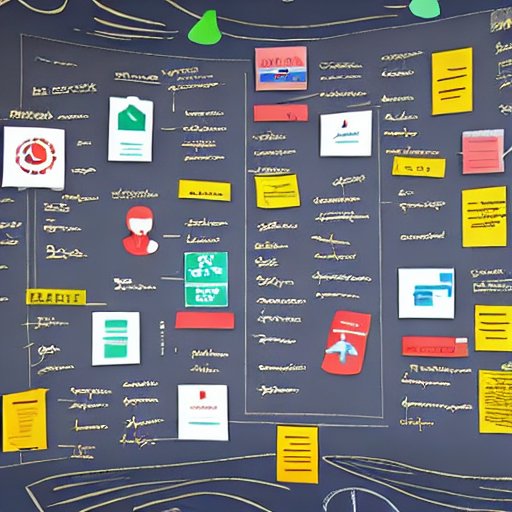Terminology management is crucial in technical translation as it ensures consistency and accuracy in the use of specialized language and terminology. This is particularly important in fields such as engineering, medicine, and law, where technical terms and jargon are specific to the field.
In technical translation, the use of inconsistent or inaccurate terminology can lead to confusion and errors that can have serious consequences. For example, in the medical field, a mistranslation of a medical term can lead to misdiagnosis or the incorrect administration of treatment.
Terminology management involves the creation, maintenance and usage of a glossary of terms, which can be used by translators as a reference. This glossary of terms can also be used by the client to check the consistency and accuracy of the terminology used in the translation.
CAT tools such as SDL Trados, MemoQ, Wordfast, etc. have built-in terminology management features that allow translators to access and use the glossary of terms. They also have the ability to search through the translation memory and suggest the right terminology to use. This can save time and improve consistency and accuracy in the translation.
How SDL Trados Studio handles document translation and terminology management?
Let’s take a look at the step-by-step process of how SDL Trados Studio handles documents during translation. Here is how it appears from the translator’s perspective, including the workflow of the translator using SDL Trados Studio and how terminology is managed.
- First, the translator will prepare and import a terminology list and translation memories into SDL Trados Studio. This is done by creating or importing a list of terms and phrases specific to the document being translated and any previous translations of similar documents.
- Next, the translator will open the document to be translated in SDL Trados Studio. The software will then analyze the document and match segments of text to the translation memories and terminology lists that have been imported.
- As the translator begins to work on the translation, SDL Trados Studio will automatically suggest translations from the translation memory for any matching segments of text. The translator can then choose to accept or reject the suggestions or make any necessary adjustments.
- SDL Trados Studio also has a built-in terminology management feature that allows the translator to check the consistency of the terminology used throughout the translation. This feature will automatically highlight any terms that are not in the terminology list, and the translator can then decide to add them or use an alternative term.
- Once the translator has completed the translation, SDL Trados Studio will automatically run a series of quality assurance checks, such as spell checking and grammar checking, to ensure the translation is error-free.
- Finally, the translator can export the final translation in the desired format, such as a Word document or PDF.
Overall, SDL Trados Studio can help to streamline the translation process by automating repetitive tasks, such as checking for consistency in terminology and style and suggesting translations from the translation memory. It also has built-in quality assurance checks to ensure the translation is error-free. By using SDL Trados Studio with a terminology list and translation memories, translators can improve the consistency, accuracy, and efficiency of their translations.
Is Inconsistent Terminology the Root of Translation Troubles?
Not taking care of terminology management and not using the proper tools are the main reasons for clients’ complaints and can greatly disrupt the collaboration between the client and the translation bureau. When clients receive translations that are filled with inconsistent or inaccurate terminology, it can cause confusion and lead to errors in understanding. This can lead to frustrated clients and can damage the relationship between the client and the translation bureau.
To avoid these types of complaints, it is essential to use CAT tools that have built-in terminology management features and to work with a translation bureau that understands the importance of terminology management. By utilizing these tools, the translator will be able to access the client’s specific terminology list and will be able to ensure consistency and accuracy in the translation. This will ultimately lead to satisfied clients and successful collaboration.
Conclusion for terminology management
When searching for a translation partner, ensure that they utilize a CAT tool such as SDL Trados Studio that has built-in terminology management features. At Slavis Translations, we specialize in utilizing CAT tools such as SDL Trados Studio to ensure consistency and accuracy in our translations. Contact us to see how we can help your company with its translation needs.

